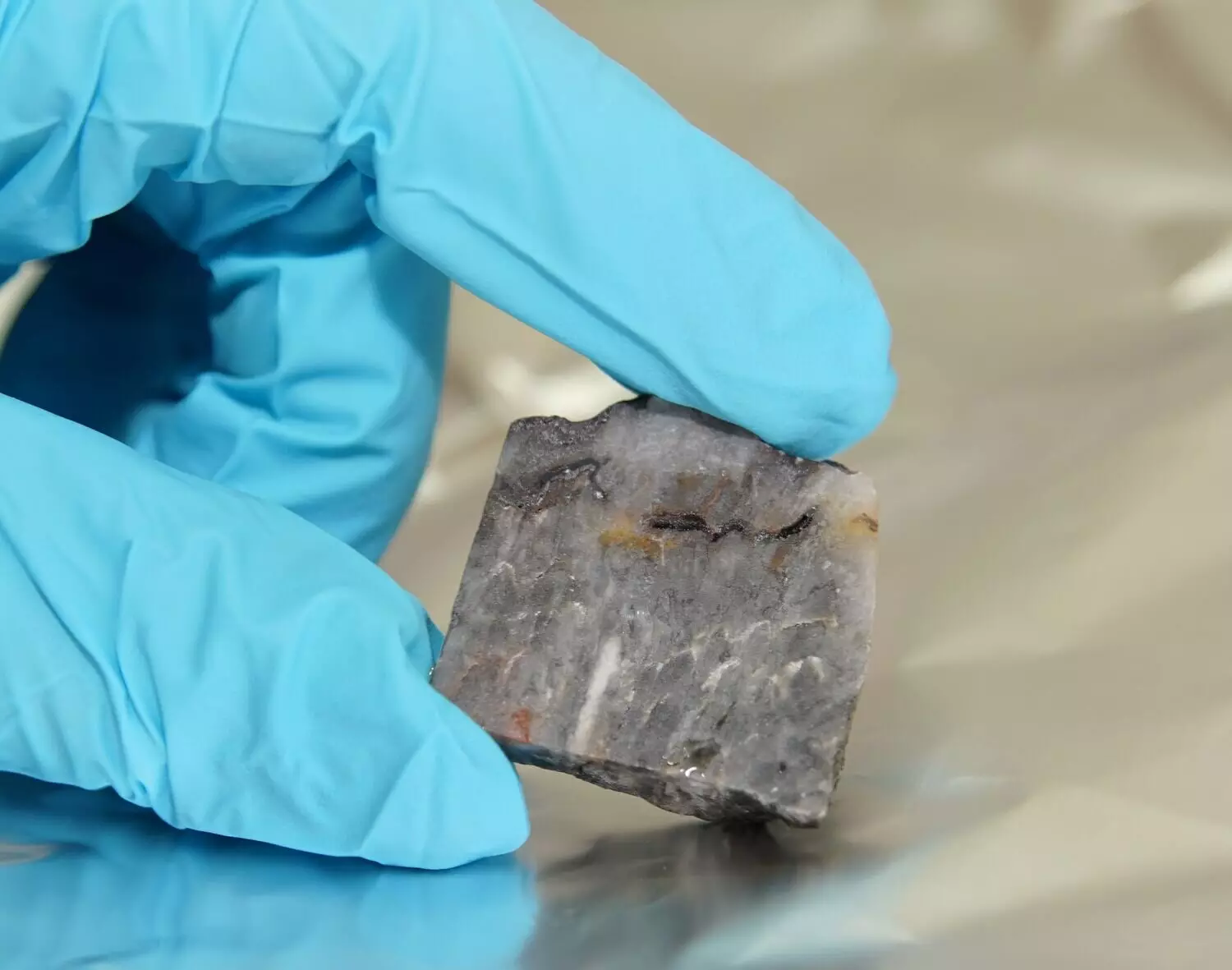When delving into the origins of life on Earth, researchers must turn their attention to the rocks of the early Earth. These rocks, which date back approximately 3.5 billion years, are rich in traces of microorganisms that inhabited our planet during its infancy. One of the few locations where these ancient rocks can be found is the Pilbara Craton in Western Australia. Here, scientists have unearthed valuable insights into the formation and composition of ancient biomass, providing a window into the earliest ecosystems on Earth.
In a recent study published in the journal Precambrian Research, a research team from the University of Göttingen employed advanced analytical techniques to unravel the mysteries hidden within these ancient rocks. By utilizing methods such as nuclear magnetic resonance spectroscopy (NMR) and near-edge X-ray Absorption Fine Structure (NEXAFS), the researchers were able to analyze carbonaceous particles embedded in rocks composed of barium sulfate. Through these high-resolution techniques, they were able to discern the biological origins and structure of these microscopic particles.
The findings of the study suggest that these carbonaceous particles were likely deposited as sediment in the aftermath of volcanic activity, within the confines of a “caldera,” a large cauldron-shaped hollow formed by volcanic eruptions. Furthermore, the researchers posited that some of the particles underwent transformation due to hydrothermal waters beneath the volcano’s surface, indicating a turbulent history of sediment deposits. By examining the composition of various carbon isotopes, the researchers concluded that a diverse array of microorganisms thrived in the vicinity of volcanic activity, akin to those found in modern-day Icelandic geysers or Yellowstone National Park hot springs.
Read More: Advancements in Quantum Communication using Superconducting Nodes
Apart from shedding light on Earth’s ancient past, the study also highlights the innovative methodology employed by the researchers. Lena Weimann, the first author of the study and a member of Göttingen University’s Geosciences Centre, expressed excitement over the ability to combine a variety of high-resolution techniques. This integration of analytical methods allowed the researchers to trace the history of organic particle deposition and elucidate their origins, offering a comprehensive insight into the formation of ancient biomass.
The study of ancient biomass in the Pilbara Craton provides valuable insights into Earth’s earliest ecosystems and the origins of life on our planet. By utilizing cutting-edge analytical techniques and innovative methodologies, researchers continue to unravel the mysteries of our planet’s past, paving the way for a deeper understanding of the evolution of life on Earth.


Leave a Reply